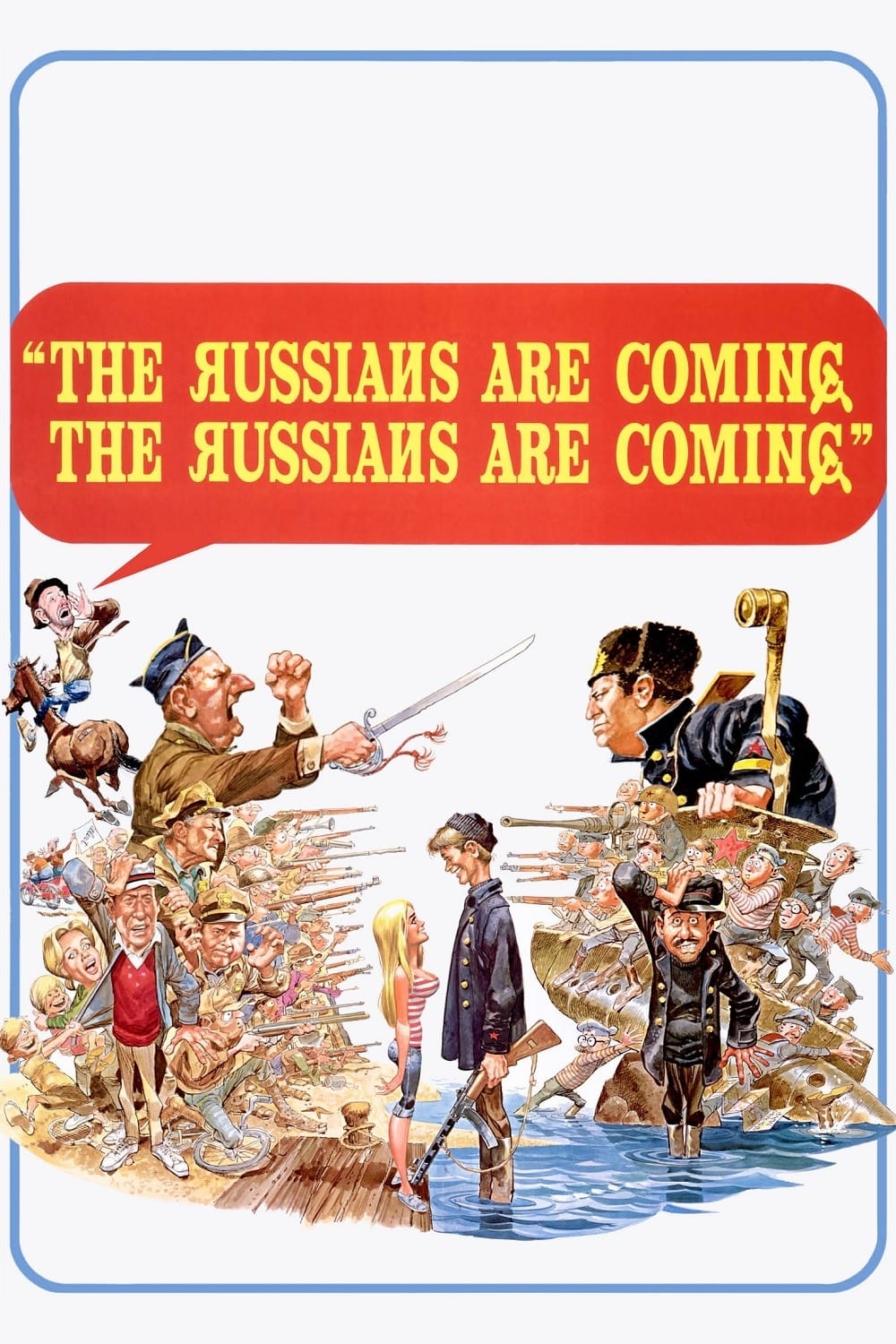Kenneth Wishnia is no mean author of mysteries, but he also teaches English at Suffolk County Community College in New York. I am delighted that this semester one of his classes is using as a textbook the anthology I edited, Crimes Against Nature: New Stories of Environmental Villainy.
A couple of weeks ago I had the privilege of speaking to his class via zoom. They asked a lot of great questions and - how wonderful! - had clearly read the material.
But I want to talk about one point that came up. Someone asked which authors had influenced me and that led to me rambling about Donald E. Westlake and how terrible the movies based on his books had turned out.
Ken spoke up in defense of The Hot Rock, which I admit is the best of them, but that got me trying to think of a first-class movie comedy based on a humorous novel. At first I couldn't come up with any. Eventually I remembered some and realized how few of the novels in question I had read. So I am going to list what I came up with and invite you to add more.
CATEGORY 1: Read the book and seen the movie.
The Princess Bride. One of my favorite movies, and it is based on a great book. Perhaps not surpisingly the screenplay was written by the author of the book, William Goldman. In As You Wish by Cary Elwes (who played Westley) we learned that on the first day of production they had to stop filming because the sound man was picking up strange noises. It turned out that Goldman was at the far end of the set praying out loud that director Rob Reiner did not ruin his masterpiece. Happily his prayer was granted.
American Fiction. Based on the novel Exposure by Percival Everett. This is a case where I liked the movie better than the book, possibly because I saw the movie first. Both are delightful.
Confess Fletch. Based on Gregory Macdonald's novel. Don't get me started on the more successful Chevy Chase movie Fletch, because I despise it.
Thank You For Smoking, based on the very funny book by Christopher Buckley.
Bananas. "Elements" of the plot are from Richard P. Powell's novel Don Quixote U.S.A.
M*A*S*H. Based on the novel by Richard Hooker, alias Hiester Richard Hornberger, Jr. and W.C. Heinz. HRH really had been a surgeon in Korea.
Mister Roberts. Based on the novel by Thomas Heggen. Heggen's success ruined him. He couldn't figure out how to write a second book and drowned in a bathtub at age 30 with a heavy dose of barbiturates.
The Devil Wears Prada, based on the novel by Lauren Weisberger.
About a Boy, based on the novel by Nick Hornby.
No Time For Sergeants, based on a play by Ira Levin, based on the novel by Mac Hyman.
Our Man in Havana. Graham Greene wrote the screenplay, based on his own novel. A few years ago Christopher Hull wrote Our Man Down In Havana: The Story Behind Graham Greene's Cold War Spy Novel. It's interesting but a more accurate subtitle would be: Graham Greene's Experiences in Cuba.
Kind Hearts and Coronets. "Loosely based" on Roy Horniman's 1907 novel, Israel Rank: The Autobiography of a Criminal.
Bridget Jones' Diary, based on the novel by Helen Fielding.
Kiss Kiss Bang Bang. Remembered this one at the last moment! Shane Black had apparently written most of the script when he decided it needed to be a crime story. He took the detective elements from Brett Halliday's Bodies Are Where You Find Them and wrote/directed a very funny flick.
CATEGORY 3: Haven't read the book or seen the movie, but I've heard they are good things bout both..
Clueless. A California high school girl's attempts at good deeds backfire. Based on Emma, the only Jane Austen novel I could not get through.
Breakfast at Tiffany's. Based on Truman Capote's novella.
Crazy Rich Asians, based on the novel by Kevin Kwan.
Mrs. Doubtfire, based on Madame Doubtfire, by Anne Fine.
So, what am I missing? I'm sure you will mention some that make me bang my head in frustration for not thinking of them Remember, it has to be a good comedy based on a novel.






























3.JPG)

